There can be your advertisement
300x150
5 Genial Solutions of Khrushchev-era Layouts That Should Be Revived
Remember, people buy apartments not to admire them in photos, but to live in them
Khrushchev-era apartments are often criticized: small, cramped, inconvenient. But look closer — in these tiny flats were several truly smart solutions that modern architects have kindly forgotten. And now we buy expensive new buildings where there's nothing that was in every Khrushchev flat for a penny. Let's explore which 60-year-old ideas should be brought back into modern housing.
Main points from the article:
- Integrated wardrobes saved space better than any modern furniture;
- Closets solved storage problems that plague residents of today's apartments;
- Passage rooms created flexible layouts;
- Separate bathrooms were more convenient than combined ones even in small flats;
- Balconies were designed as additional rooms, not decoration.
Integrated Wardrobes: When Every Centimeter Counts
In a Khrushchev flat, there was often an integrated wardrobe spanning the entire wall between bedroom and living room — from floor to ceiling. It didn't 'eat' space of the room but used a technical zone. This created storage with volume of 3-4 cubic meters almost 'for free'.
Modern apartments force buyers to purchase wardrobes that take up precious square meters. In a 30-square-meter studio, a two-meter wardrobe takes away 3 square meters of usable area. In a Khrushchev flat, such storage volume wasn't counted into living space — the wardrobe was part of the building's structure.
"When we moved from a Khrushchev flat to a new building, the first shock was where to put things," says Marina from the Moscow region. "An integrated wardrobe held everything: bedding, vacuum cleaner. Now we buy furniture and wonder how to fit it into the room."
Closets: Solving Storage Problems
A tiny closet of 1-2 square meters was in every Khrushchev flat. It held vacuum cleaners, ironing boards, grain containers, tools, sports equipment — all that shouldn't be in living rooms.
In modern layouts, closets have disappeared as a class. Developers think every square meter matters and consider non-selling closet space wasteful. As a result, residents have to store vacuum cleaners in bedrooms and boxes of off-season clothes under the bed.
Smart developers are starting to bring back closets in layouts, but they present it as a revolutionary innovation. "Master plans with storage zones" sounds trendy, yet in essence this is an old idea long forgotten.
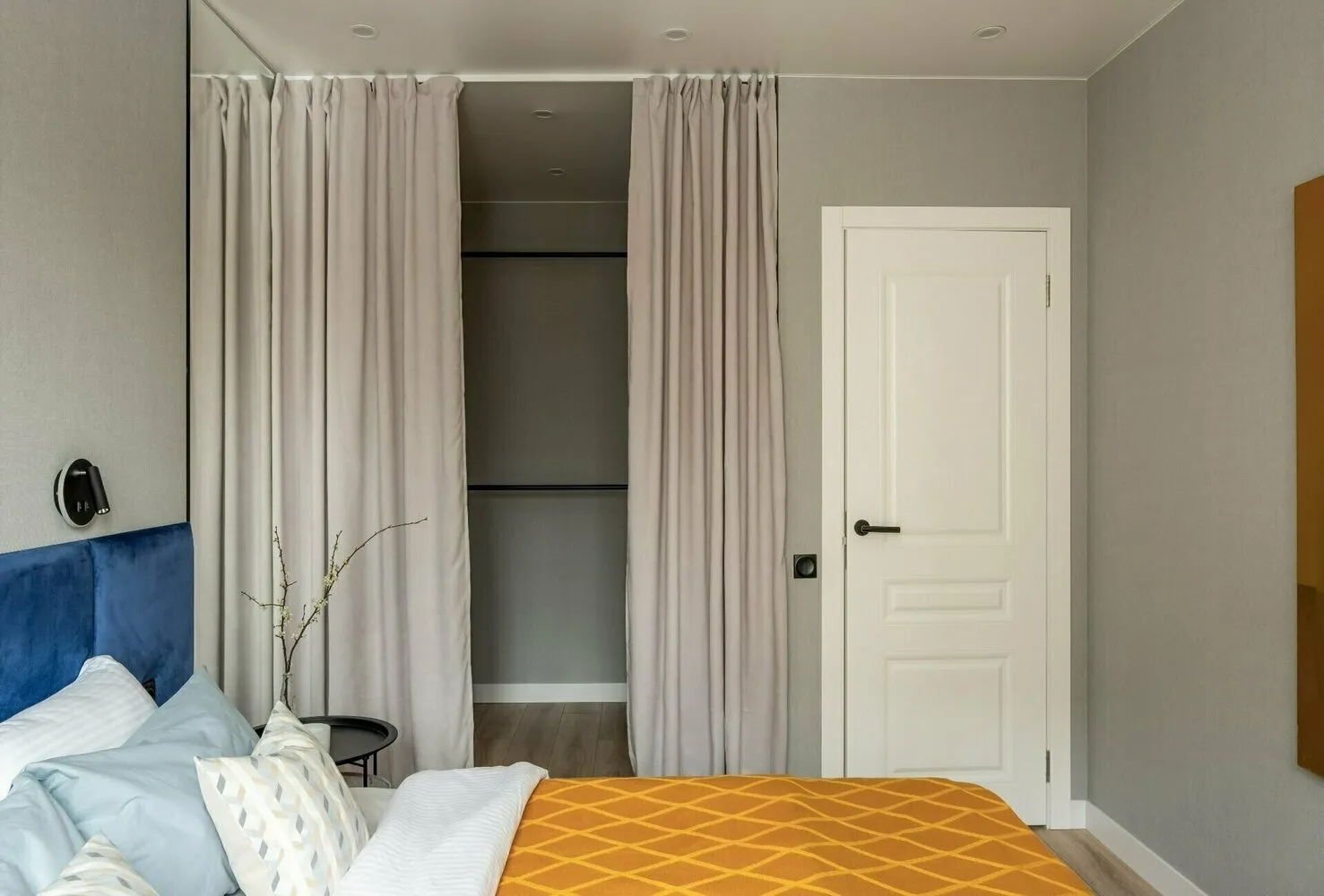
Design: Galina Ovchinnikova
Passage Rooms: Layout Flexibility
In Khrushchev flats, one room was often a passage. Modern buyers consider this a flaw, but in fact it gave amazing flexibility of space usage.
A passage room could be used as a dining room, children's room or office — depending on family composition and needs. When children grew up, the passage room became a living room. A new child — it was turned into a children's room again.
Modern isolated rooms don't offer such flexibility. A children’s room remains a children's room even when the child has grown and moved out. Renovations cost money and require approvals. In a Khrushchev flat, one just moved furniture — and got a new functional zone.
Separate Bathrooms: Convenience for the Whole Family
Even in tiny Khrushchev flats, bathrooms were separate. One room was for the bath, another for the toilet. It seemed irrational to use space this way, but in practice it was very convenient.
A family of 3-4 people could use the bathroom simultaneously: someone in the bath, others in the toilet. No need to wait for turns or suffer inconvenience. Now in apartments of similar size, combined bathrooms are made for space-saving — and get discomfort for all residents.
"We moved into a new building with a combined bathroom," complains an Ekaternburg family. "Morning queues like in communal housing. In a Khrushchev flat, such problems didn't exist — everyone had enough space."
Balconies as Additional Rooms
In a Khrushchev flat, the balcony was not decoration but a full-fledged room. It was glazed and insulated and used as an office, workshop or winter garden or additional closet. This created extra functional area almost for free.
Modern balconies are often so small they can only fit a clothes dryer. Or too narrow to turn around easily. But in Khrushchev flats, people managed to place a desk and make it into a full working office.
Why These Solutions Were Forgotten
The reason is simple — marketing. Integrated wardrobes are not counted in living area, so the apartment looks smaller on paper. Closets are also 'non-selling' square meters. Separate bathrooms take up more space than combined ones.
Developers learned to sell apartments based on square meters, not comfort of living. As a result, buyers get formally larger apartments that in practice are less functional than small Khrushchev flats.
How Modern Architects Are Bringing Back Forgotten Ideas
Smart designers are slowly bringing back Khrushchev principles, but under new names. "Wardrobe rooms" are the same integrated wardrobes. "Technical spaces" are renamed closets. "Transformable spaces" are the new generation of passage rooms.
Only now this is offered as premium options in expensive complexes. What was standard in every Khrushchev flat today is only available to wealthy buyers of luxury housing.
What We Should Learn from Khrushchev Flats
The main lesson of Khrushchev layouts — every square meter should work. Not to look pretty in pictures, not impress potential buyers, but solve real daily life tasks of residents.
Integrated storage systems, technical spaces, flexible layouts — all make life more comfortable even if the apartment is formally smaller. Better 50 square meters of well-planned space than 70 square meters with uncomfortable layout.
Modern developers should remember: people buy apartments not to admire them in photos, but to live in them. And in this sense Khrushchev flats have something to teach us — despite all their flaws, they were designed for people, not sales.
Cover: Design project by Galina Ovchinnikova
More articles:
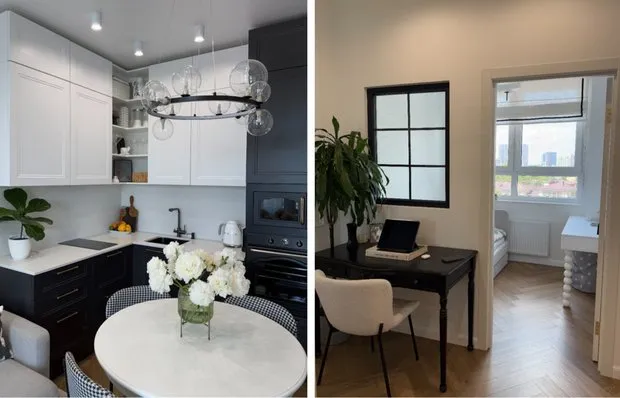 Maximize Space in a 36 sqm Eurodouble
Maximize Space in a 36 sqm Eurodouble Mia Pliyescaya's Apartment on Tverskaya: How the Greatest Ballerina Lived at Home
Mia Pliyescaya's Apartment on Tverskaya: How the Greatest Ballerina Lived at Home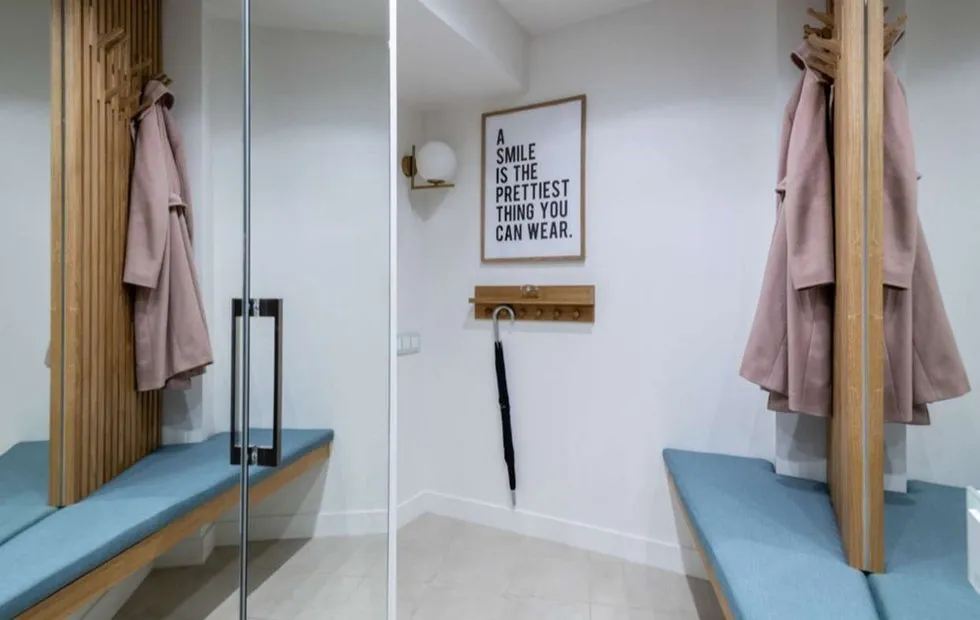 Narrow 2 sq m Entrance Hall: What to Remove, Add, and Where to Find Space for Everything
Narrow 2 sq m Entrance Hall: What to Remove, Add, and Where to Find Space for Everything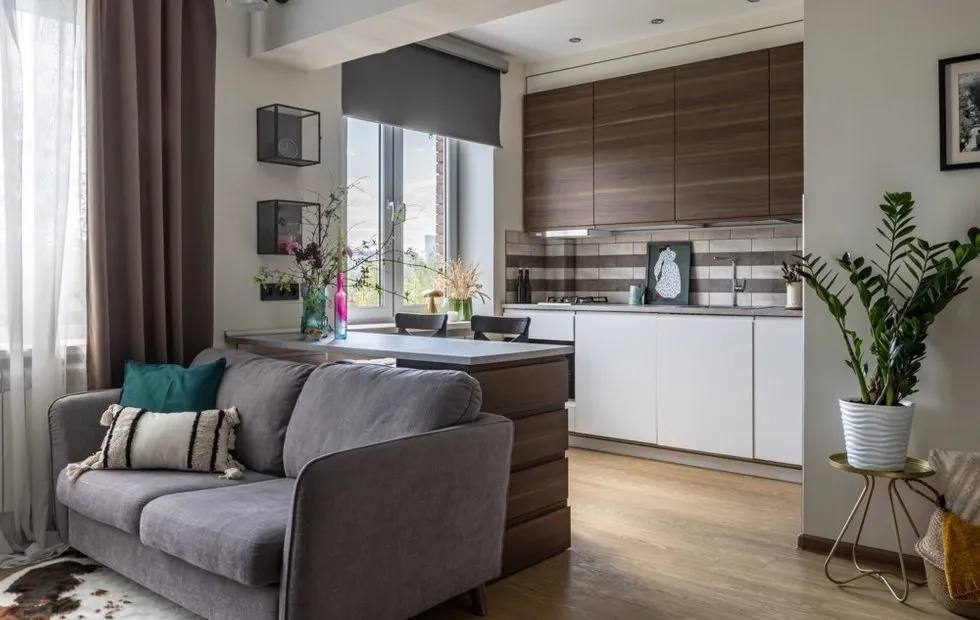 Repair in a Khrushchyovka: Where You Can Save Money and Where It's Better Not to Skimp
Repair in a Khrushchyovka: Where You Can Save Money and Where It's Better Not to Skimp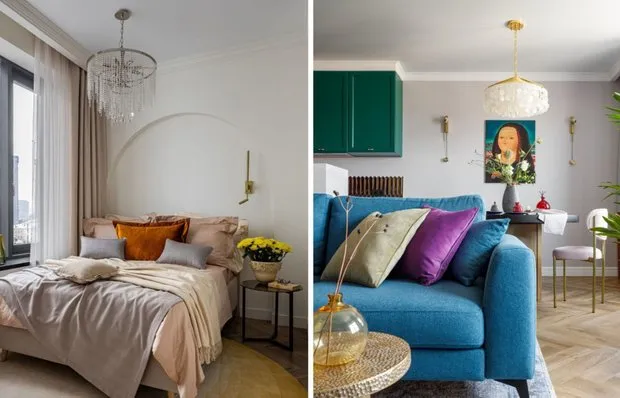 Trendy Pendant Lights for Interior: 10 Finds
Trendy Pendant Lights for Interior: 10 Finds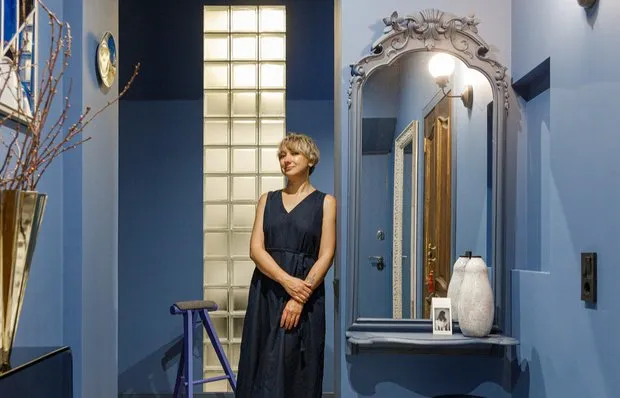 In the Designer's Home: 10 Favorite Interior Items of Ekaterina Kotalyevskaya
In the Designer's Home: 10 Favorite Interior Items of Ekaterina Kotalyevskaya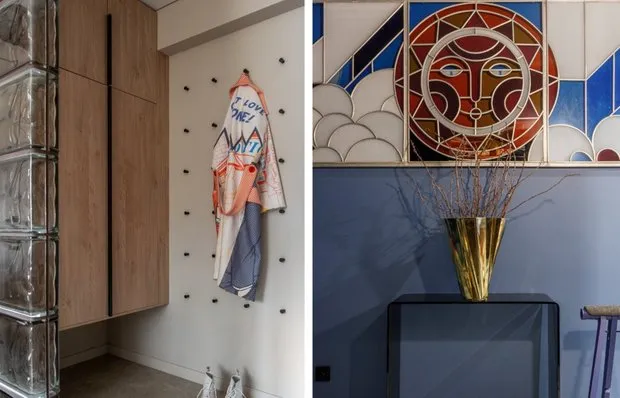 What to Hang on the Wall in the Hallway: 7 Fresh Ideas
What to Hang on the Wall in the Hallway: 7 Fresh Ideas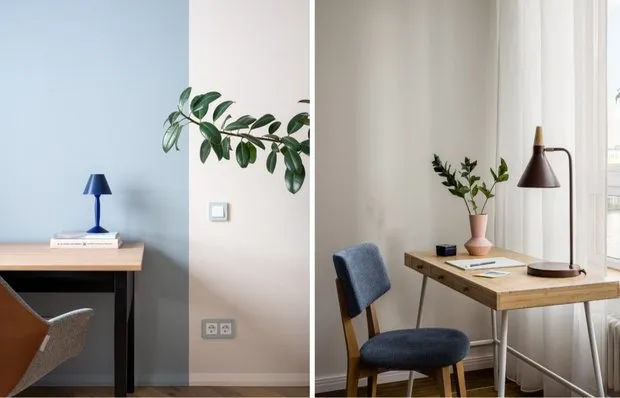 Table Lamps for Your Interior: 10 Trendy Finds
Table Lamps for Your Interior: 10 Trendy Finds